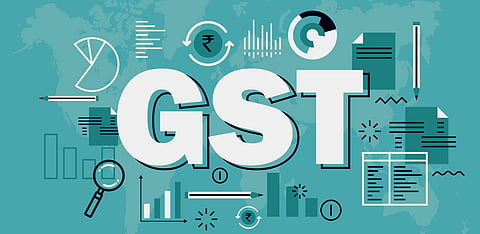Analysis
A taxing tale: Assessing the impact of six years of GST
Goods and Services Tax (GST) stands at a critical juncture six years after its implementation. Despite promising enormous benefits, it has fallen short and led to a decline in economic growth, especially for the unorganised sector.

